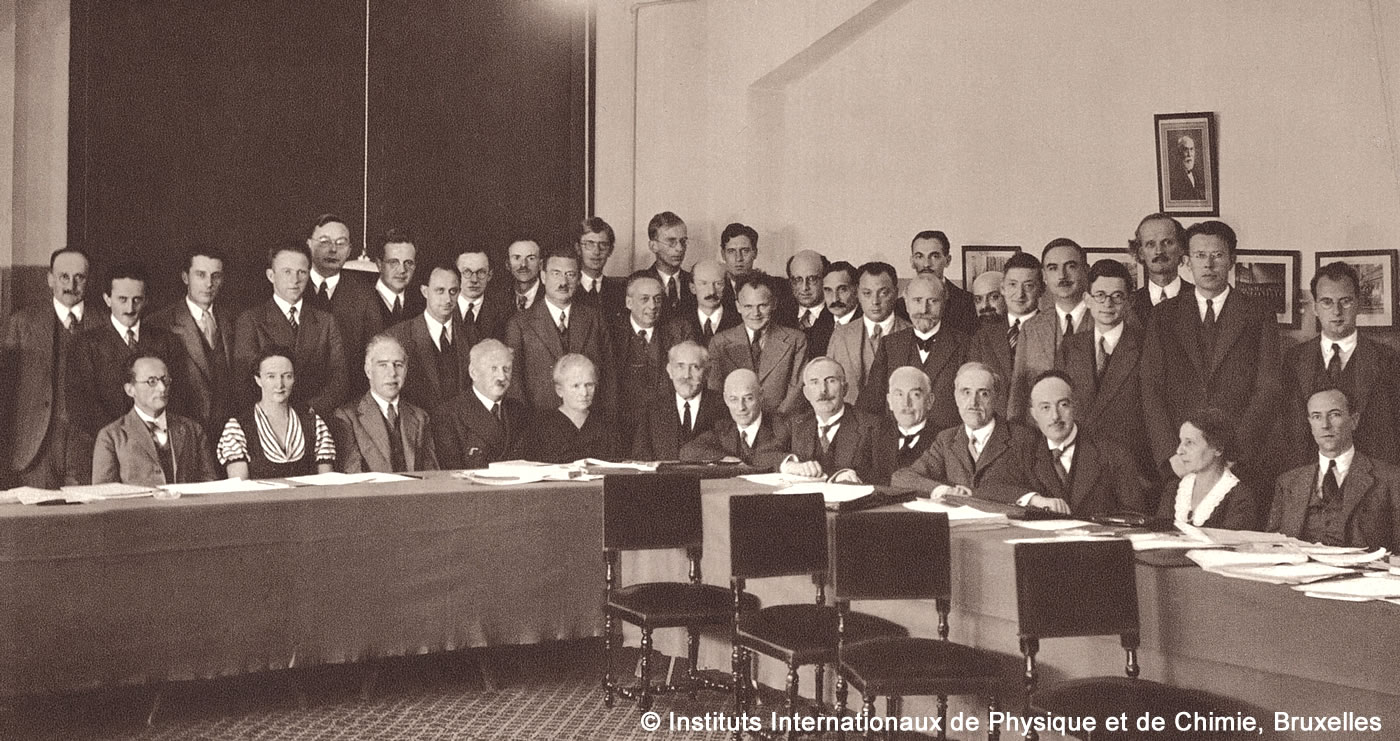The neutrino
Wolfgang Pauli's name is inextricably linked with his pioneering hypothesis of the existence of the neutrino, confirmed by experiment only after 25 years. The starting point for Pauli was the continuous energy spectrum of beta rays, which could not be interpreted theoretically. Niels Bohr attempted it with the hypothesis of the restricted validity of the principle of energy conservation, which Pauli could not accept because the principle of the conservation of energy had stood the test in all fields of physics and its proposition seemed to be plausible. In this critical situation Pauli hit on a "way out of the despair": he developed the idea that during beta decay apart from the electron another, electrically neutral particle is emitted in such a way that the sum of the energies of both particles is constant
Experimental proof of the neutrino
On 4 December 1930 Pauli wrote his famous letter to the "Dear Radioactive Ladies and Gentlemen" assembled in Tübingen. In it, he sketched out his idea and enquired how things stood with the experimental proof. But he regarded his idea as too half-baked to be published.

The Italian nuclear physicist external page Enrico Fermi took up Pauli's idea and built on it to develop a theory of beta decay. Fermi also coined the term "neutrino" after Pauli had spoken of "neutron", but the latter designation was reserved for the heavy component of the atomic nucleus discovered in 1932. It was not until October 1933 at the seventh Solvay conference in Brussels that Pauli dared to present his hypothesis in public. It was another 23 years before the existence of the neutrino was proven experimentally.